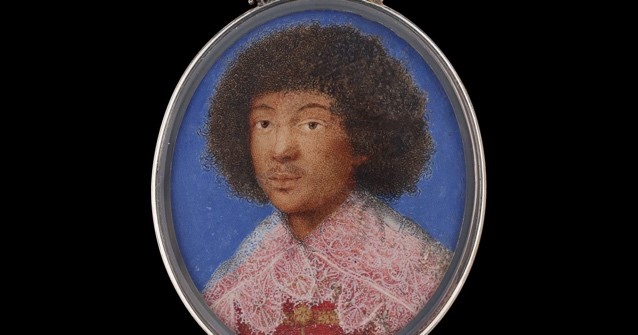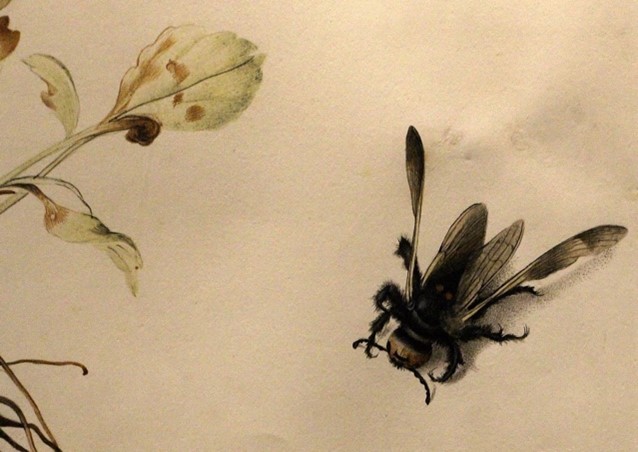Reflections on remarkable women
March 8th, 2022 | School for International Training, SIT Study Abroad

During Women's History Month, SIT spotlights some of our extraordinary faculty, staff, and alumni across the globe who are making history today through their thinking, their words, and their actions.
By Nazneen Zafar
Faculty Advisor
SIT Nepal: Tibetan and Himalayan Peoples
Reflecting on the women I admire—the ones who have proved a real inspiration—I am struck by how the names and faces that come, come in such a mixed-up way. That is, the names and faces of the great women, the great achievers, appear all jumbled up with the names and faces of women I have met in my own quite ordinary life.
It’s not clear why this happens. Do I suspect that the everyday routines of remarkable women have a lot to do with their genius? Do I believe that many of the so-called ordinary women of everyday life have heroic qualities? Hard to tell. Likely some weird and wayward combination of partiality and temperament is at work here.
The women who do capture my imagination are the ones I see as so completely absorbed in their particular passion or vocation, so well-occupied in carving out their own path, that they can’t spare a thought on who’s doing better than them or worse than them, and for what fair or unfair reason.
Who can say exactly what shapes one’s inner eye? What is clear is that I’m not very attracted to women—whether eminent or obscure—who seem to me to be actively striving to become "as good as" men; or to outdo them, surpass them.
The women who do capture my imagination are the ones I see as so completely absorbed in their particular passion or vocation, so well-occupied in carving out their own path, that they can’t spare a thought on who’s doing better than them or worse than them, and for what fair or unfair reason.

As such, I find myself dwelling today on Giovanna Garzoni (1600–1670). A successful and influential artist, Garzoni’s portraits and botanical paintings were highly prized and praised in her time. These days, her portrait of the Ethiopian nobleman Zaga Christ is described by art dealer Philip Mould as "an object of great historical importance, the earliest-known European portrait miniature to depict a black sitter. It represents a moment all too rare in the European history of the early modern period—one in which an African sitter is treated by an artist in exactly the same terms as a European. It’s a rediscovery, a revelation."

Of course, it’s fun to conjure up this genius and write about her. Since she is someone from the faraway past, it is easy to detach her individual achievement from the political rages and fashionable righteousnesses of her era. Distance lends enchantment. Distance lends uncomplicatedness.
Maybe it would be more fitting to focus on contemporary struggles and triumphs and highlight some contemporary female artist. But somehow, right now, my mental picture of Giovanna Garzoni shines brighter than any other: I see her sitting bent over her work, putting careful brushstrokes on the luminous wing-vein of a sawfly and the tip of a buttercup leaf—while, elsewhere in Rome, artists prepare their submissions for the competition that will decide who gets to design the Trevi Fountain.
